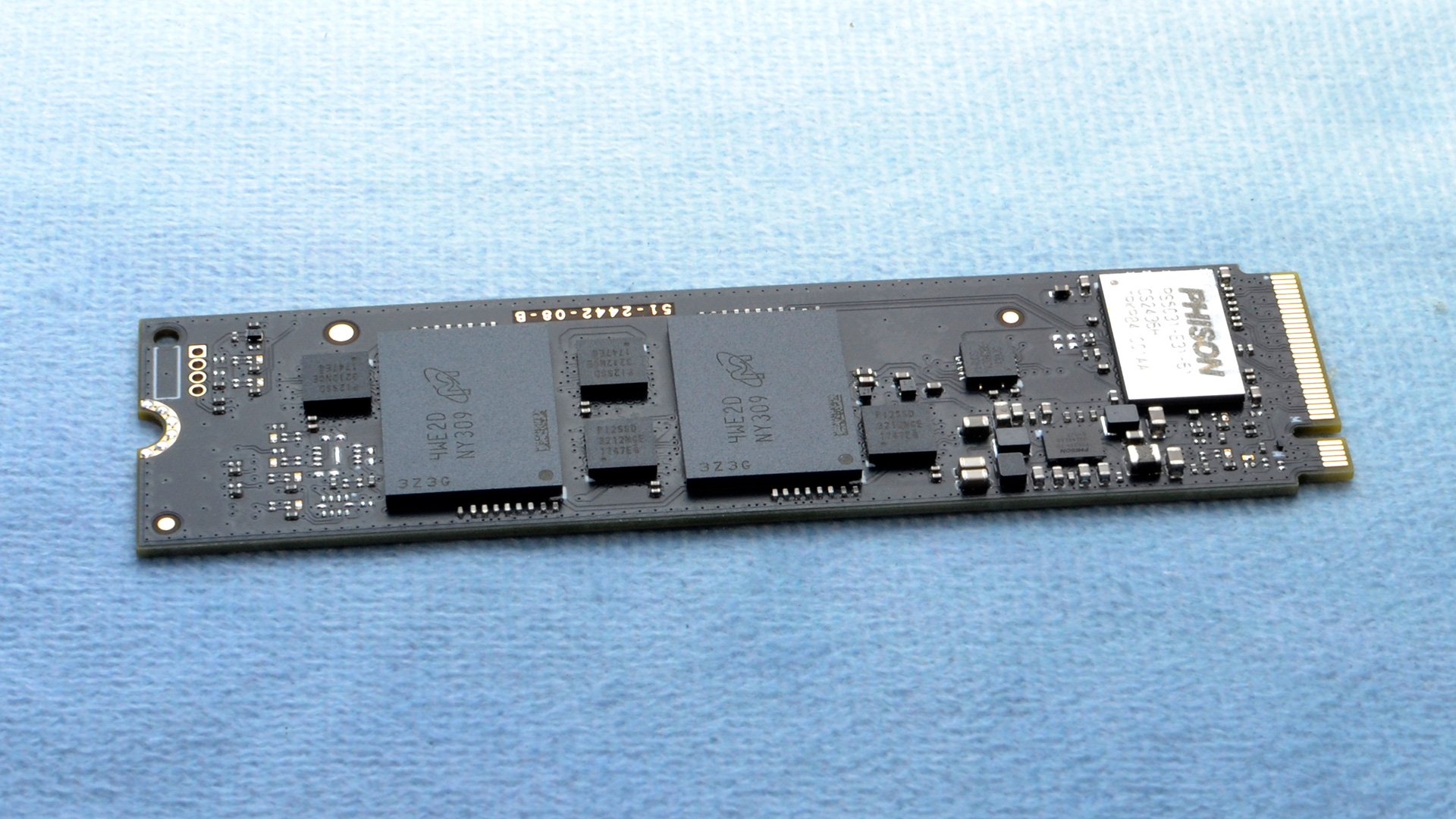Microsoft swats down reports of SSD failures in Windows — company says recent update didn't cause storage failures

There has been news in the latter half of August that Windows update KB5063878 has reportedly been killing SSDs, especially when performing continuous file writes exceeding 50GB on a drive that’s at least 60% full. However, after more than a week of investigation, Microsoft confirmed that the aforementioned update was not the cause of the issue. According to Redmond’s resolution to the service alert related to the original report, “After thorough investigation, Microsoft has found no connection between the August 2025 Windows security update and the types of hard drive failures reported on social media.”
One user claims that the bug affects how SSDs handle cache, and that models without DRAM and Phison NAND controllers are the most heavily affected. However, their further testing of 21 different SSDs revealed that drives using controllers from other brands seem to be affected as well. Nevertheless, the drives that crashed or disappeared were reportedly recovered after restarting the system, save for the Western Digital SA510 2TB model they tested.
Although the issue does not seem to be widespread, more drama came out when a document containing a list of Phison controllers that were supposedly affected by the problem was widely circulated. The company vehemently denied that the file came from it and said that it would take legal action against the original leaker of the data. Nevertheless, it continued testing, and after 4,500 hours, it stated that it could not reproduce the issue. Still, Phison recommends that users with heavy storage workloads install heatsinks on their SSDs if they haven’t already done so to reduce the chances of thermal throttling.
A few days after this, Microsoft also released its conclusion that there’s no connection between the failed drives and the security update. It claimed that there was no increased risk of disk failure or file corruption after doing internal testing, and telemetry data also did not yield any meaningful results. Aside from that, the company claimed that no customer has reached out directly to its support teams with this same issue.
Both Phison and Microsoft basically say that they cannot reproduce the issue, with the latter concluding that there was no problem with the update. Nevertheless, we still see a few posts on social media saying that their drive died after installing KB5063878. We’re unsure whether this is a pattern or a mere coincidence, especially considering the millions of SSDs in circulation. After all, we’ve seen big companies deny that there’s anything wrong with their products only for us to discover later that there’s a major issue with them (like Intel’s instability issues).
In the meantime, you should monitor your SSDs, especially if you’re writing large files in a storage drive that’s more than half full. And if you experience the same problem, it’s best to report it to both your drive’s manufacturer and to Microsoft so that we can establish a paper trail. That way, we can determine what’s really going on with the drives and the security update.
Follow Tom's Hardware on Google News, or add us as a preferred source, to get our up-to-date news, analysis, and reviews in your feeds. Make sure to click the Follow button!
Get Tom's Hardware's best news and in-depth reviews, straight to your inbox.

Jowi Morales is a tech enthusiast with years of experience working in the industry. He’s been writing with several tech publications since 2021, where he’s been interested in tech hardware and consumer electronics.
-
Notton My confidence and trust in microsoft has hit a new low, so I am going to press X to doubt.Reply -
USAFRet Reply
Phison appears to agree with Microsoft.Notton said:My confidence and trust in microsoft has hit a new low, so I am going to press X to doubt.
https://www.tomshardware.com/pc-components/ssds/phison-squashes-reports-of-windows-11-breaking-ssds-says-it-was-unable-to-reproduce-issues-despite-4-500-hours-of-testing-recommends-users-deploy-heatsinks-just-in-case -
Alvar "Miles" Udell "A few reports on social media" out of probably millions of combined drives with those controllers in use and TomsHardware and other outlets not reproducing the issue themselves incline me to believe it's not a problem caused by a Microsoft update.Reply -
Zaranthos A thermal problem is the most likely cause. How many of those affected had proper cooling? Any with supposed proper cooling have some type of "catch on fire" graphics card, overclocking, or more aggressive BiOS settings? I do wonder about graphics cards that draw so much power they recommend power supplies around 1000W and then a motherboard with an SSD mounted near the PCIe slot...Reply -
zangetsu-san microsoft has a track record of outright lying, so there is no trust with them.Reply
if you want to be believed, then quit lying non stop. -
Amdlova I can't say anything because have sata drivers and enterprise nvme on my system... But I have these updates on Macmini 2014 and My 13600T and booth have Maxed out. Last Week have Downloaded more than 13TB of data. Not a single issue...Reply -
bripoy Woke up this morning and the SSD on my Nitro 5 was dead. It was over 60% full. Might just be a coincidence.Reply -
ezst036 Bugs come and so and I don't pay them much attention but this started playing on my YT feed earlier and its quite interesting. This bug might become a lot bigger, the reviewer has been able to replicate it on video.Reply
TbFIUu_7LIc -
Alvar "Miles" Udell KB5063878 installed yesterday on my machine, and one of my drives is on the list (SK Hynix P41 Platinum 2TB). Used it for 3 years, almost all of it as a games drive until it was replaced earlier this year, now it serves as my transfer drive. I've been heavily writing and deleting as I encode and move files onto my Plex server, and it is decidedly not cooled greatly as I don't have side intakes, and regularly hits 80°C while under heavy writes. While typing this I filled all 2TB with files, deleted about 400GB, filled it again, and repeated a third time, didn't trigger the drive to disappear or any file corruption.Reply -
chemistu Post hoc ergo propter hocReply
after this, therefore because of this
This sort of complaint seems to pop up a lot following updates, it's quite rare that there is any kind of causation proved.